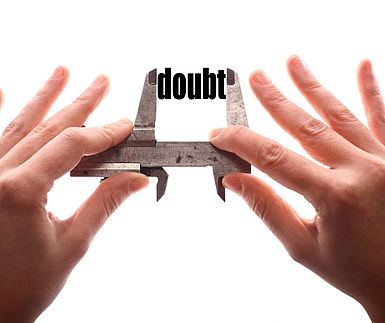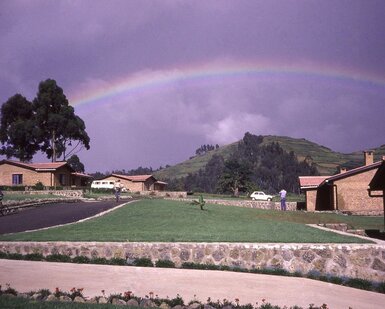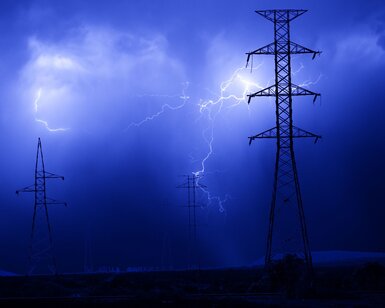Please type a search term (at least two characters)
News
New compendium of examples on measurement uncertainty available

A EURAMET EMPIR project is bringing clarity to measurement uncertainty calculations
Accurate measurement underpins almost all the world’s trade, science, manufacturing and medicine. To ensure measurements are universal they must be linked, in a traceable way, to the International system of units – the SI.
Metrological traceability implies that a measurement result has a quantified uncertainty associated with it. Measurement uncertainty relates to the fact that no measurement is exact. When a quantity is measured, the value obtained can be influenced by a number of factors – the skill of the person or system making the measurement, the ambient environment, the way it is measured and the tools used to make the measurement.
In real life all these factors can influence the measurement result, which means that even if a quantity were measured several times there would be a spread of measured values. Knowing the factors that contribute to the uncertainty allows an interval to be determined within which there is a stipulated probability that the ‘true’ value will lie.
Awareness of the associated uncertainty, assessed as the width of this interval, and its impact on quality can mitigate failures and risks and decrease operating costs.
Metrologists have known about the influence of uncertainty on measurements for some time and the Joint Committee for Guides in Metrology (JCGM) published the ‘Guide to the expression of uncertainty in measurement’ (GUM) and several sister documents, which provides guidance, procedures and illustrative examples on how uncertainty should be evaluated. Yet, interpretation and application of the GUM’s principles remains difficult for many end-users. Another factor is that some of the examples in the GUM documents are now a quarter of a century old.
The EMPIR project Advancing measurement uncertainty - comprehensive examples for key international standards (17NRM05, EMUE) has addressed some of the issues surrounding measurement uncertainty by providing a comprehensive set of some 40 examples illustrating how principles of measurement uncertainty evaluation can support documentary standards and guides.
These worked examples are drawn from numerous fields that deal with measurements including calibration, testing, comparison and conformity assessment, and relate to sectors that include environment, energy, healthcare, and industry and society. Along with the examples are four tutorials, designed to act as adaptable template solutions for related problems, which cover the use of the Monte Carlo method, Bayesian inference, understanding and treating correlated examples in measurement uncertainty and how to report measurement results.
By enabling practitioners to ‘learn by example’, the project will contribute to the application of improved uncertainty evaluation, benefiting decision making in many areas of industry.
This EMPIR project is co-funded by the European Union's Horizon 2020 research and innovation programme and the EMPIR Participating States
Want to hear more about EURAMET?
Carbon dioxide, released from man-made activities, is lowering the pH of the Earth’s oceans, and impacting the health of marine organisms worldwide more
Supporting automated and reconfigurable manufacturing systems more
Working with external project Cool White to test and suggest improvements on the locally available white paints more
The project FutureEnergy has provided new calibration services for ultra-high voltages and a good practice guide on Lightning Impulse dividers more
For many of the 5000 photonics companies in Europe a precise knowledge of a material’s optical properties is vital for industrial competitiveness more





